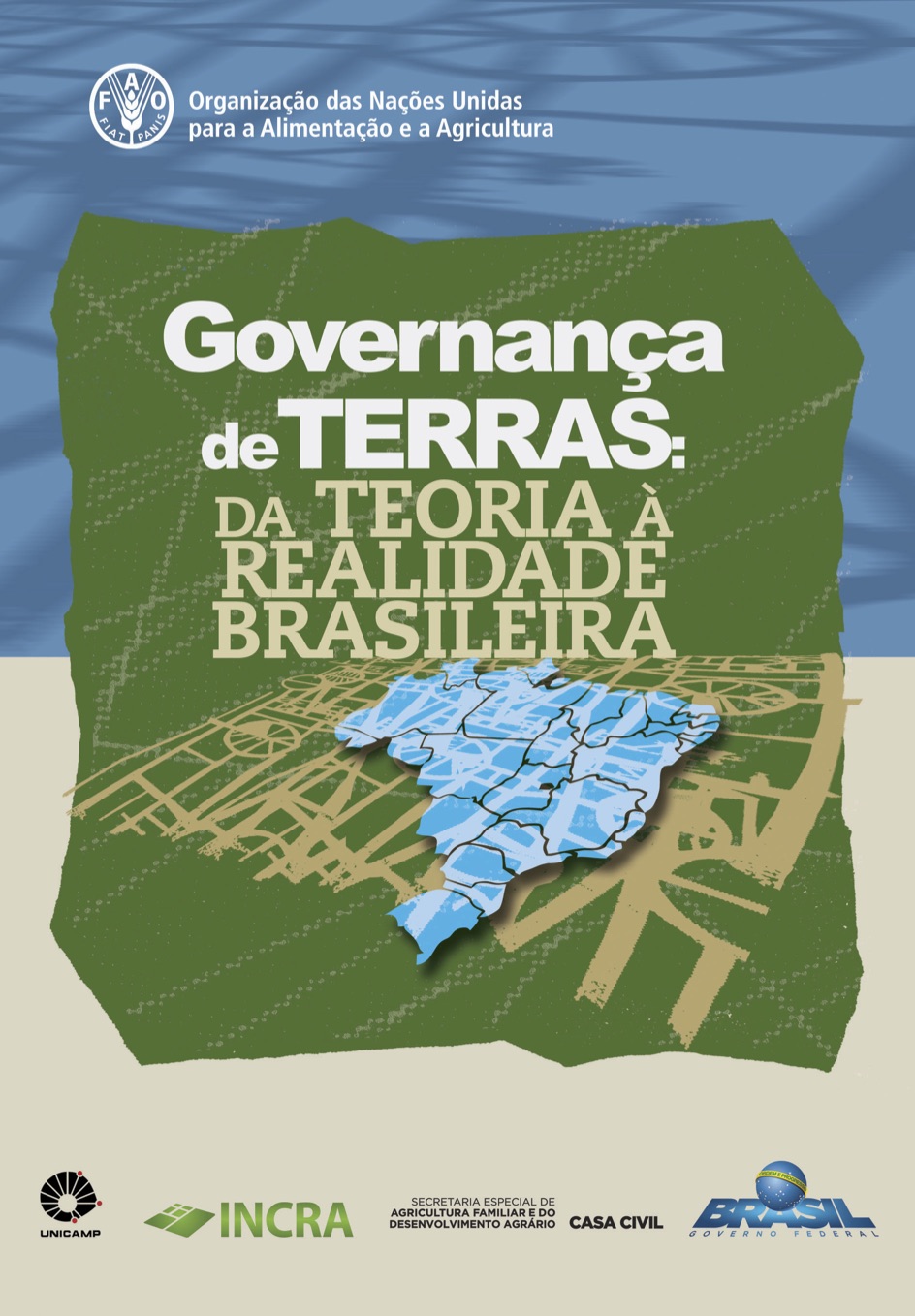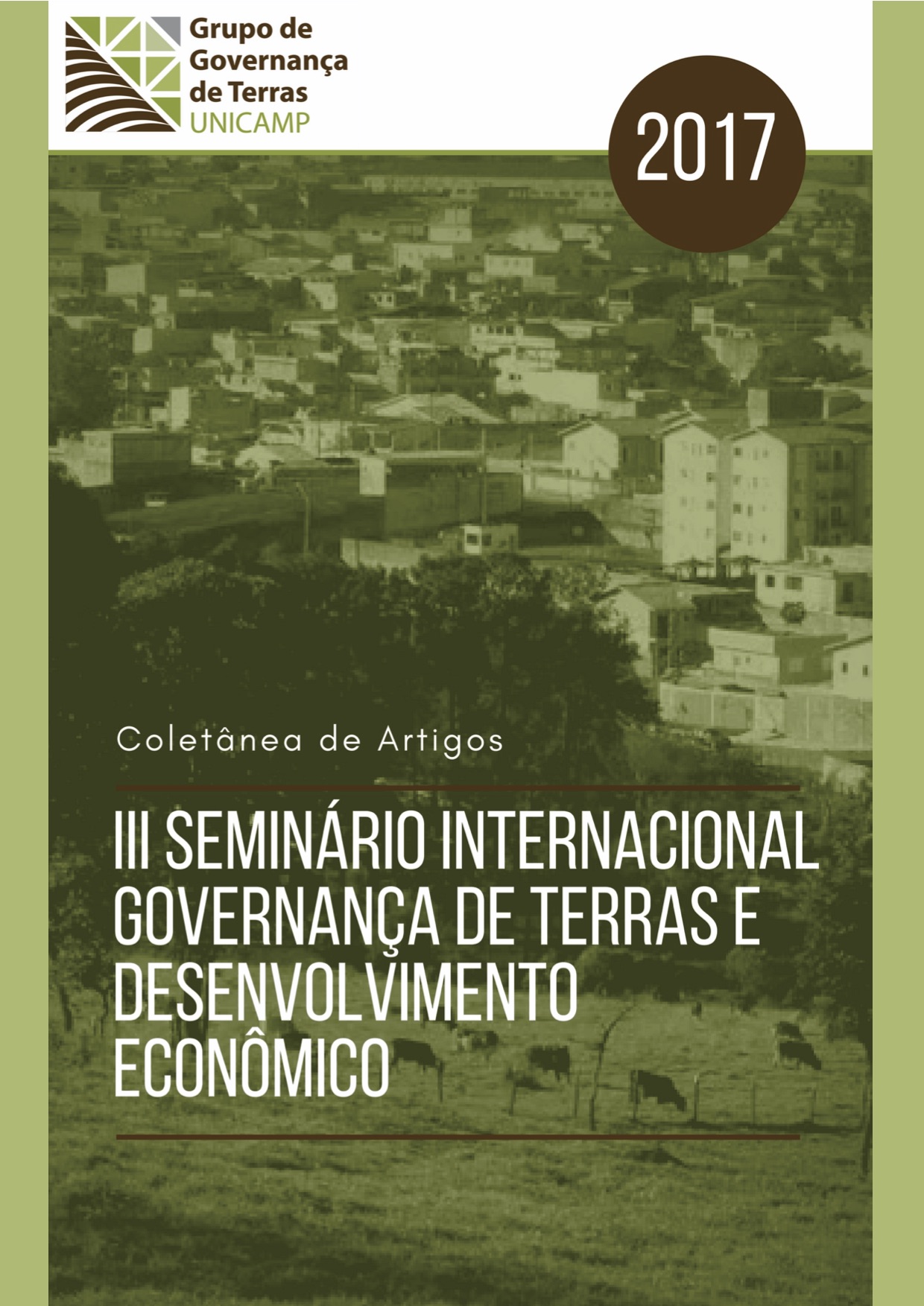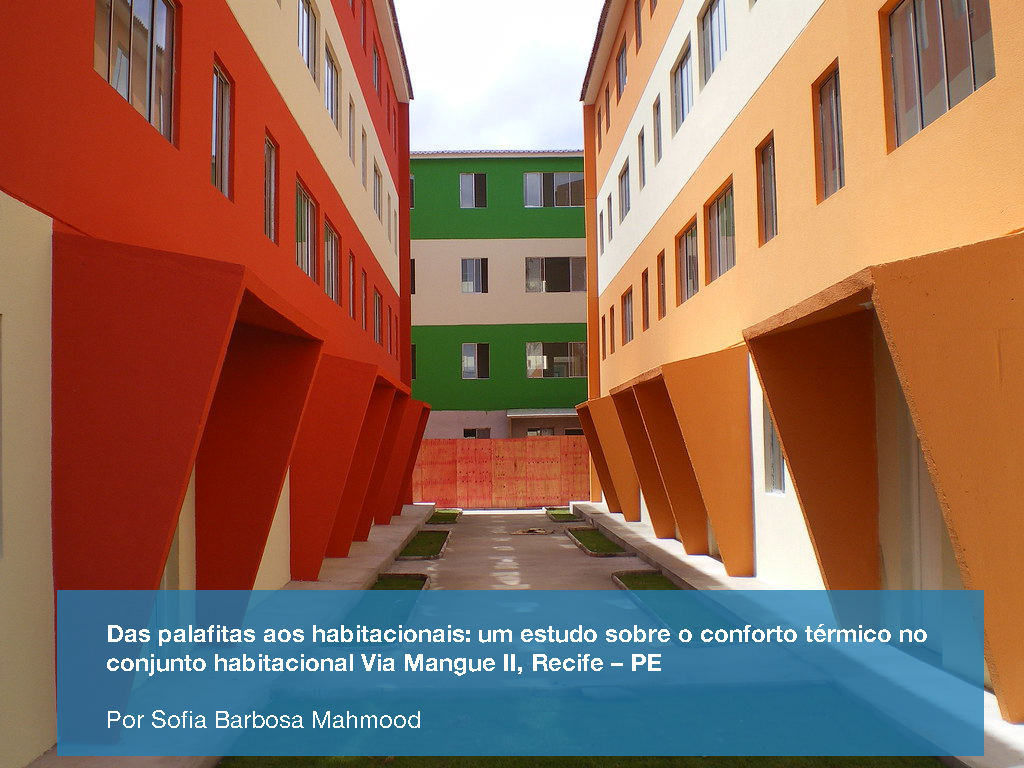Law No.ZR-32 of 1996 regarding validation of land balance classified by categories and areas of economic significance to the date of the 1st of January 1996.
The document contains classification list of the stock of land by categories and economic significance areas. The stock of land is subdivided into the following categories and areas of economic significance: 1. agricultural land; 2. urban land; 3. industrial land and non-agricultural land; 4. environmental protection land, recreational land and land pertaining to cultural heritage; 5. forest land; 6. land pertaining to the stock of water; 7. reserve land.









